1.10: Arctic Plants
- Page ID
- 47724
\( \newcommand{\vecs}[1]{\overset { \scriptstyle \rightharpoonup} {\mathbf{#1}} } \)
\( \newcommand{\vecd}[1]{\overset{-\!-\!\rightharpoonup}{\vphantom{a}\smash {#1}}} \)
\( \newcommand{\id}{\mathrm{id}}\) \( \newcommand{\Span}{\mathrm{span}}\)
( \newcommand{\kernel}{\mathrm{null}\,}\) \( \newcommand{\range}{\mathrm{range}\,}\)
\( \newcommand{\RealPart}{\mathrm{Re}}\) \( \newcommand{\ImaginaryPart}{\mathrm{Im}}\)
\( \newcommand{\Argument}{\mathrm{Arg}}\) \( \newcommand{\norm}[1]{\| #1 \|}\)
\( \newcommand{\inner}[2]{\langle #1, #2 \rangle}\)
\( \newcommand{\Span}{\mathrm{span}}\)
\( \newcommand{\id}{\mathrm{id}}\)
\( \newcommand{\Span}{\mathrm{span}}\)
\( \newcommand{\kernel}{\mathrm{null}\,}\)
\( \newcommand{\range}{\mathrm{range}\,}\)
\( \newcommand{\RealPart}{\mathrm{Re}}\)
\( \newcommand{\ImaginaryPart}{\mathrm{Im}}\)
\( \newcommand{\Argument}{\mathrm{Arg}}\)
\( \newcommand{\norm}[1]{\| #1 \|}\)
\( \newcommand{\inner}[2]{\langle #1, #2 \rangle}\)
\( \newcommand{\Span}{\mathrm{span}}\) \( \newcommand{\AA}{\unicode[.8,0]{x212B}}\)
\( \newcommand{\vectorA}[1]{\vec{#1}} % arrow\)
\( \newcommand{\vectorAt}[1]{\vec{\text{#1}}} % arrow\)
\( \newcommand{\vectorB}[1]{\overset { \scriptstyle \rightharpoonup} {\mathbf{#1}} } \)
\( \newcommand{\vectorC}[1]{\textbf{#1}} \)
\( \newcommand{\vectorD}[1]{\overrightarrow{#1}} \)
\( \newcommand{\vectorDt}[1]{\overrightarrow{\text{#1}}} \)
\( \newcommand{\vectE}[1]{\overset{-\!-\!\rightharpoonup}{\vphantom{a}\smash{\mathbf {#1}}}} \)
\( \newcommand{\vecs}[1]{\overset { \scriptstyle \rightharpoonup} {\mathbf{#1}} } \)
\( \newcommand{\vecd}[1]{\overset{-\!-\!\rightharpoonup}{\vphantom{a}\smash {#1}}} \)
\(\newcommand{\avec}{\mathbf a}\) \(\newcommand{\bvec}{\mathbf b}\) \(\newcommand{\cvec}{\mathbf c}\) \(\newcommand{\dvec}{\mathbf d}\) \(\newcommand{\dtil}{\widetilde{\mathbf d}}\) \(\newcommand{\evec}{\mathbf e}\) \(\newcommand{\fvec}{\mathbf f}\) \(\newcommand{\nvec}{\mathbf n}\) \(\newcommand{\pvec}{\mathbf p}\) \(\newcommand{\qvec}{\mathbf q}\) \(\newcommand{\svec}{\mathbf s}\) \(\newcommand{\tvec}{\mathbf t}\) \(\newcommand{\uvec}{\mathbf u}\) \(\newcommand{\vvec}{\mathbf v}\) \(\newcommand{\wvec}{\mathbf w}\) \(\newcommand{\xvec}{\mathbf x}\) \(\newcommand{\yvec}{\mathbf y}\) \(\newcommand{\zvec}{\mathbf z}\) \(\newcommand{\rvec}{\mathbf r}\) \(\newcommand{\mvec}{\mathbf m}\) \(\newcommand{\zerovec}{\mathbf 0}\) \(\newcommand{\onevec}{\mathbf 1}\) \(\newcommand{\real}{\mathbb R}\) \(\newcommand{\twovec}[2]{\left[\begin{array}{r}#1 \\ #2 \end{array}\right]}\) \(\newcommand{\ctwovec}[2]{\left[\begin{array}{c}#1 \\ #2 \end{array}\right]}\) \(\newcommand{\threevec}[3]{\left[\begin{array}{r}#1 \\ #2 \\ #3 \end{array}\right]}\) \(\newcommand{\cthreevec}[3]{\left[\begin{array}{c}#1 \\ #2 \\ #3 \end{array}\right]}\) \(\newcommand{\fourvec}[4]{\left[\begin{array}{r}#1 \\ #2 \\ #3 \\ #4 \end{array}\right]}\) \(\newcommand{\cfourvec}[4]{\left[\begin{array}{c}#1 \\ #2 \\ #3 \\ #4 \end{array}\right]}\) \(\newcommand{\fivevec}[5]{\left[\begin{array}{r}#1 \\ #2 \\ #3 \\ #4 \\ #5 \\ \end{array}\right]}\) \(\newcommand{\cfivevec}[5]{\left[\begin{array}{c}#1 \\ #2 \\ #3 \\ #4 \\ #5 \\ \end{array}\right]}\) \(\newcommand{\mattwo}[4]{\left[\begin{array}{rr}#1 \amp #2 \\ #3 \amp #4 \\ \end{array}\right]}\) \(\newcommand{\laspan}[1]{\text{Span}\{#1\}}\) \(\newcommand{\bcal}{\cal B}\) \(\newcommand{\ccal}{\cal C}\) \(\newcommand{\scal}{\cal S}\) \(\newcommand{\wcal}{\cal W}\) \(\newcommand{\ecal}{\cal E}\) \(\newcommand{\coords}[2]{\left\{#1\right\}_{#2}}\) \(\newcommand{\gray}[1]{\color{gray}{#1}}\) \(\newcommand{\lgray}[1]{\color{lightgray}{#1}}\) \(\newcommand{\rank}{\operatorname{rank}}\) \(\newcommand{\row}{\text{Row}}\) \(\newcommand{\col}{\text{Col}}\) \(\renewcommand{\row}{\text{Row}}\) \(\newcommand{\nul}{\text{Nul}}\) \(\newcommand{\var}{\text{Var}}\) \(\newcommand{\corr}{\text{corr}}\) \(\newcommand{\len}[1]{\left|#1\right|}\) \(\newcommand{\bbar}{\overline{\bvec}}\) \(\newcommand{\bhat}{\widehat{\bvec}}\) \(\newcommand{\bperp}{\bvec^\perp}\) \(\newcommand{\xhat}{\widehat{\xvec}}\) \(\newcommand{\vhat}{\widehat{\vvec}}\) \(\newcommand{\uhat}{\widehat{\uvec}}\) \(\newcommand{\what}{\widehat{\wvec}}\) \(\newcommand{\Sighat}{\widehat{\Sigma}}\) \(\newcommand{\lt}{<}\) \(\newcommand{\gt}{>}\) \(\newcommand{\amp}{&}\) \(\definecolor{fillinmathshade}{gray}{0.9}\)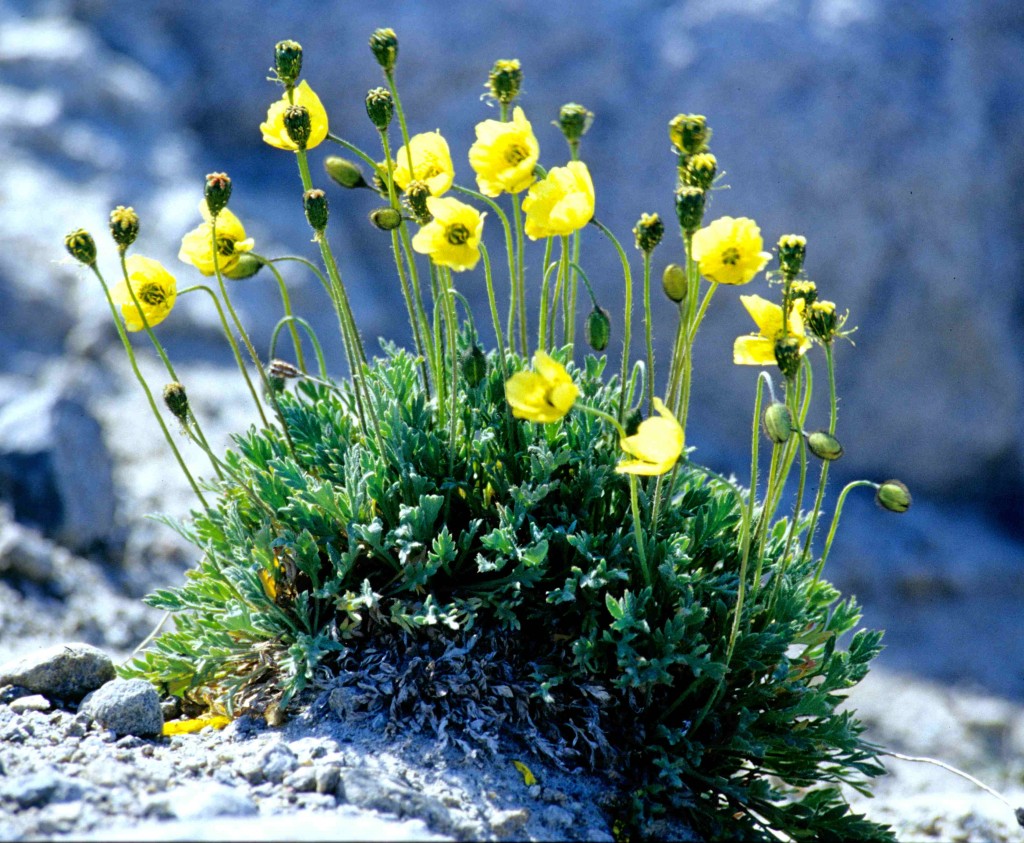
Learning Goals
In this chapter, you will learn to:
- Identify rhyming words
- Copy short sentences
- Read common sight words in a paragraph
- Answer questions about a story
- Give sentence answers to questions
- Give an opinion on a reading
Talk About It
- Would you ever want to go to the arctic? Why or why not?
Picture Dictionary | ||
Use the pictures to help you figure out the words. | ||
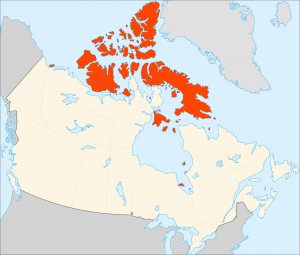 |  | 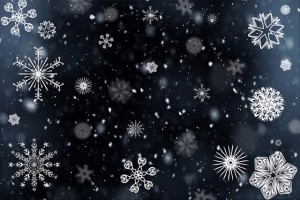 |
| arctic | beautiful | winter |
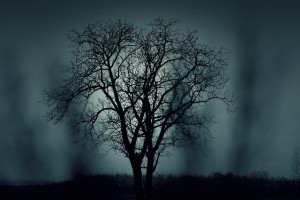 | 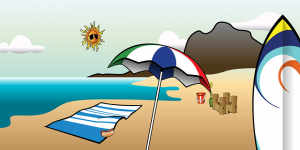 | 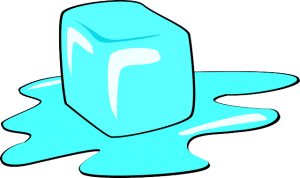 |
| dark | summer | ice |
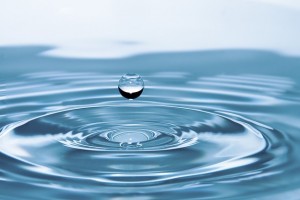 | 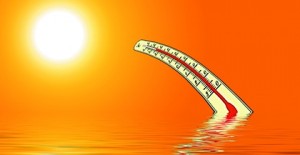 |  |
| water | heat | together |
 | 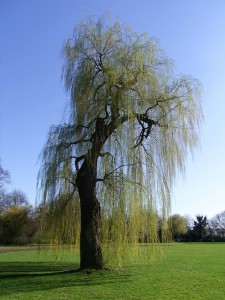 | 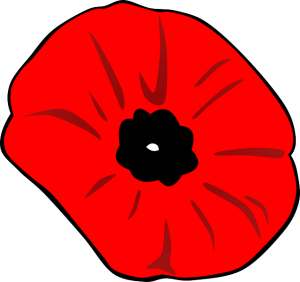 |
| wind | willow | poppy |
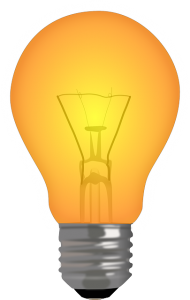 | ||
| bright | ||
Practice reading these words without the pictures. | ||||
| beautiful | dark | winter | wind | willow |
| bright | heat | together | water | summer |
| arctic | ice | poppy | ||
Word Skills
Word Patterns
Two words rhyme when the endings sound the same. For example, these words rhyme:
- car and bar
- net and jet
- fill and hill
- pot and rot
- nut and cut
Find the words that rhyme. The first one is done for you.
| sun | land | try | run | mice |
| lot | ice | hand | sky | dot |
1. sun run
2. ______________ ______________
3. ______________ ______________
4. ______________ ______________
5. ______________ ______________
Read the sentences. Then copy them. Use upper case letters, periods, and question marks correctly. |
| The mice hid in the hole. |
 |
| Do you like this dish? |
 |
| Do not slip on the ice. |
 |
| Can we chat? |
 |
| We had a lot of fun. |
 |
Use Your Reading Skills
Listen to Arctic Plants. Then read Arctic Plants in BC Reads: Adult Literacy Fundamental English – Reader 1.
An audio element has been excluded from this version of the text. You can listen to it online here: https://opentextbc.ca/abealf1/?p=67
Check Your Understanding
Answer these questions. Use the underlined words to form a sentence.
1. How long does summer in the arctic last?
___________________________________________________
2. What plant adds a bit of heat to the ground so other plants can grow?
___________________________________________________
3. What do the plants do to last in the cold wind?
___________________________________________________
4. Why is the arctic willow different from other trees?
___________________________________________________
5. What does the arctic poppy always face?
___________________________________________________
6. What plant do you like best?
___________________________________________________
Writing Task
Think of a time when you had to be strong and brave. Tell the story to your instructor. Your instructor will write down your words. Then copy your story into your notebook.
When you are done, read your story.
- Did you begin each sentence with an upper case letter?
- Did you use an upper case letter at the beginning of a person’s name?
- Did you end each sentence with a period or question mark?
- Are you missing any words?
Answer Key | |
| Word Skills | |
| QUESTION | ANSWER |
| 1 | sun, run |
| 2 | land, hand |
| 3 | try, sky |
| 4 | mice, ice |
| 5 | lot, dot |
| Check Your Understanding | |
| QUESTION | ANSWER |
| 1 | Summer in the arctic lasts for just a few weeks. |
| 2 | Arctic moss adds a bit of heat to the ground so other plants can grow. |
| 3 | Plants stay together to last in the cold wind. |
| 4 | The arctic willow is different from other trees because it grows on its side. |
| 5 | The arctic poppy always faces the sun. |
| 6 | Answers will vary. |
Attributions
See the Attributions page near the end of this book.


